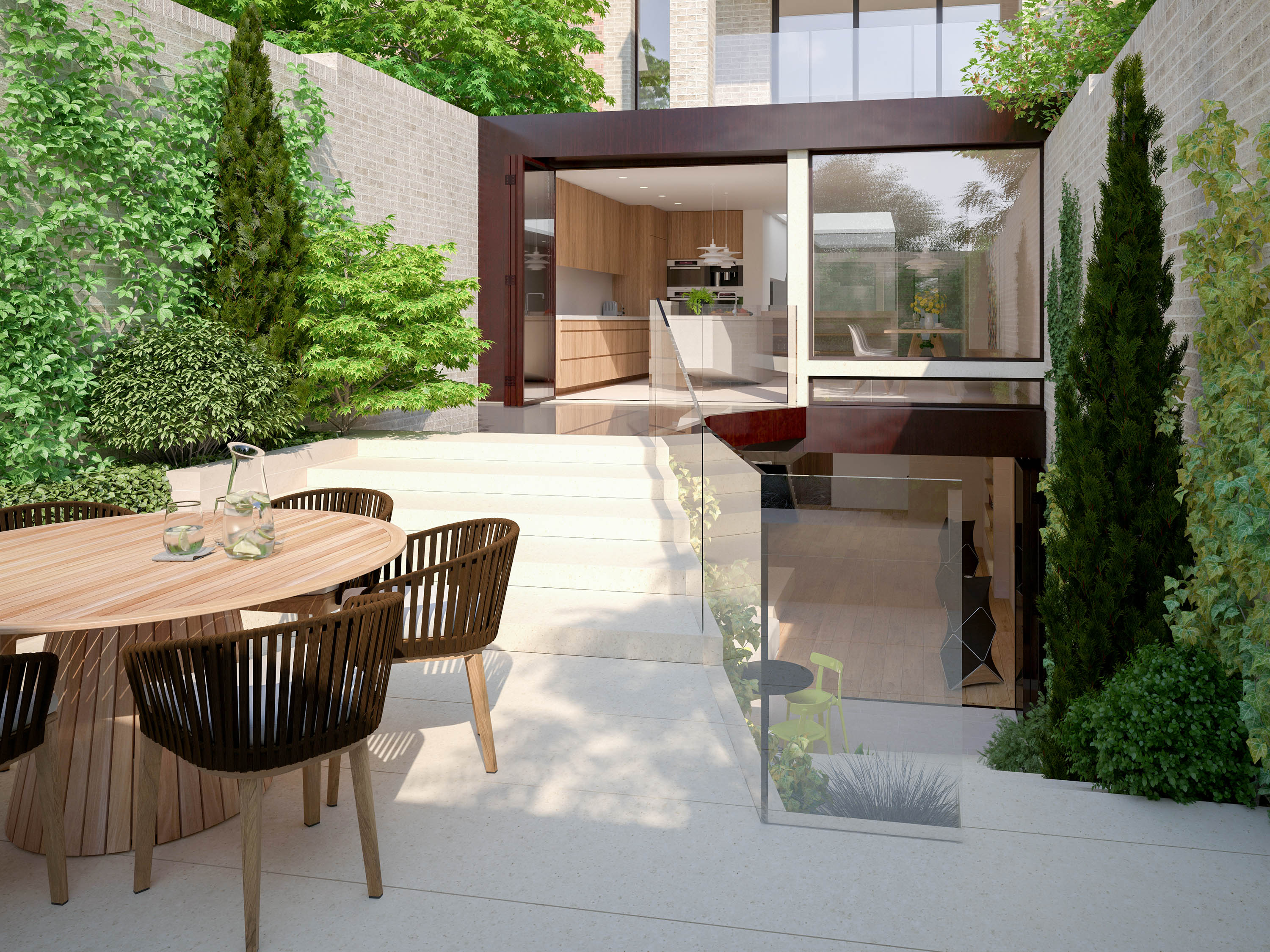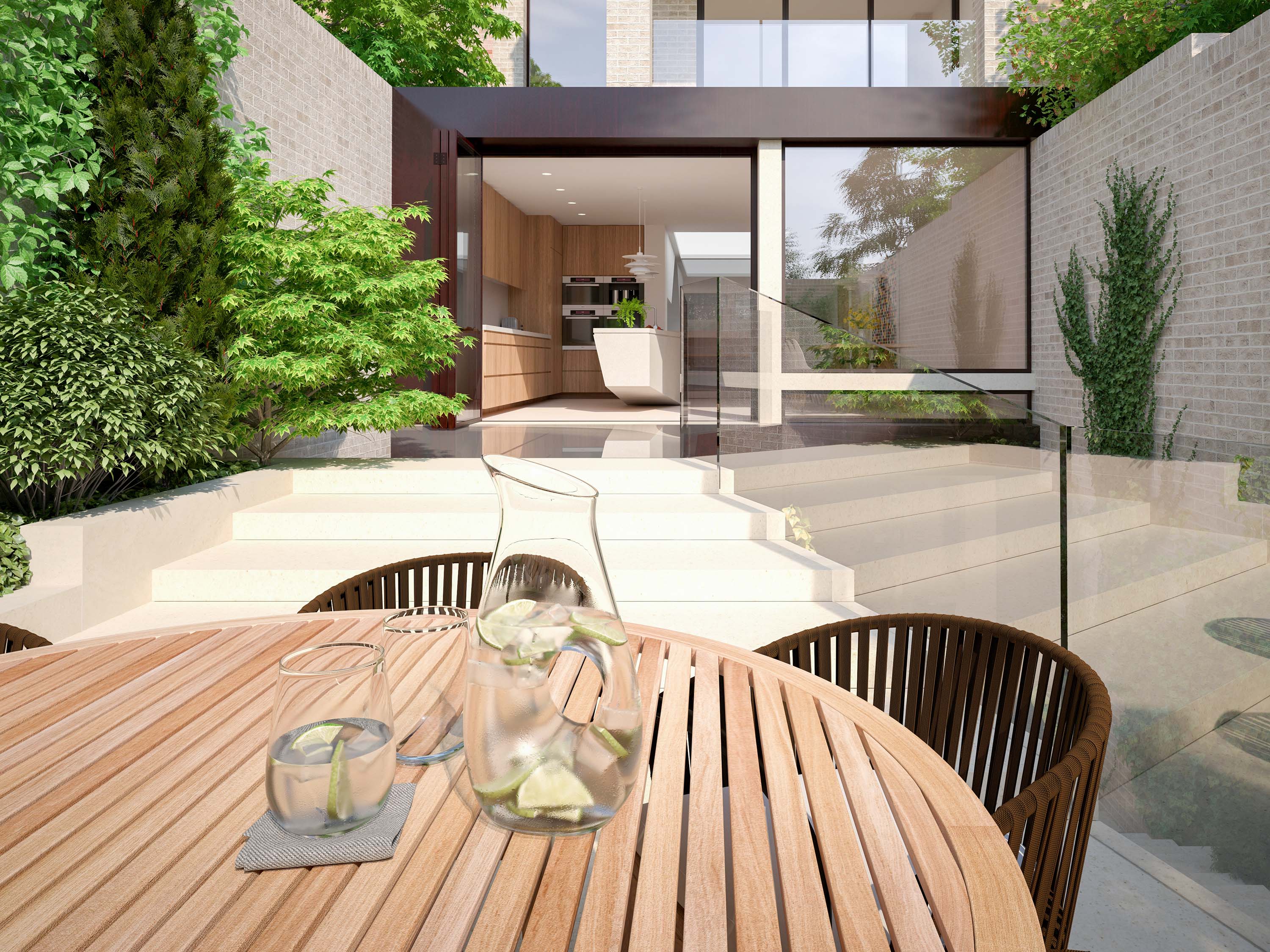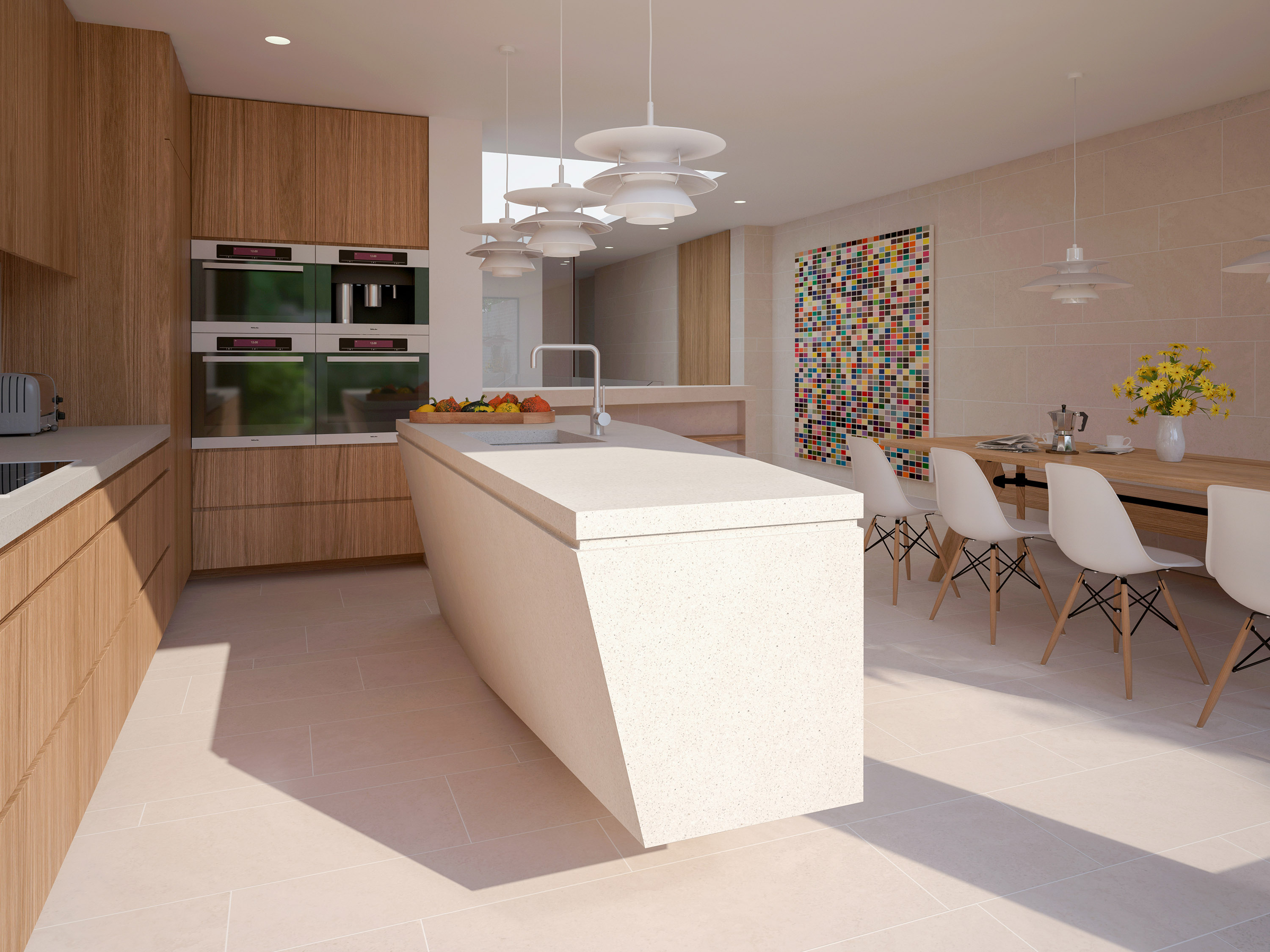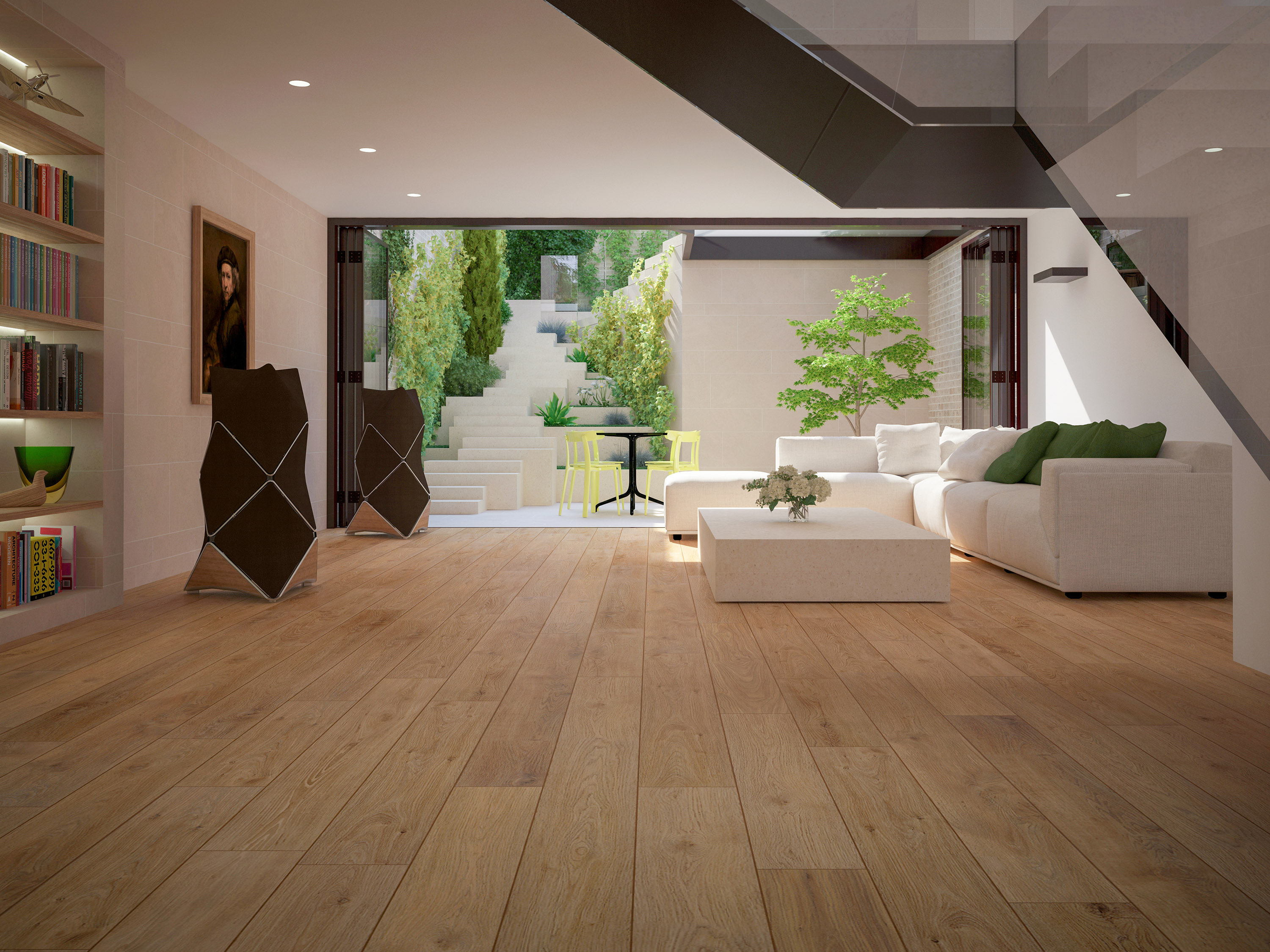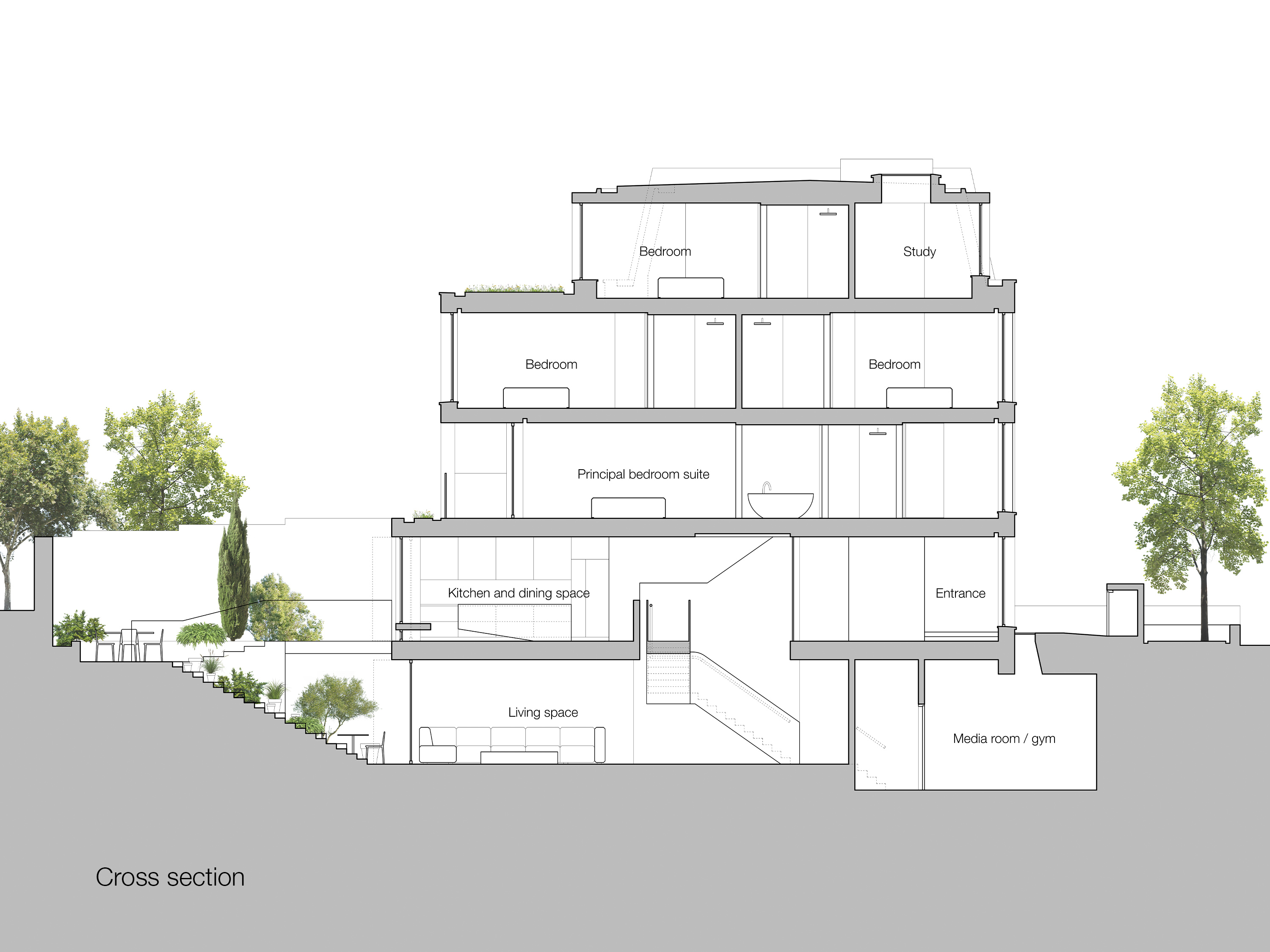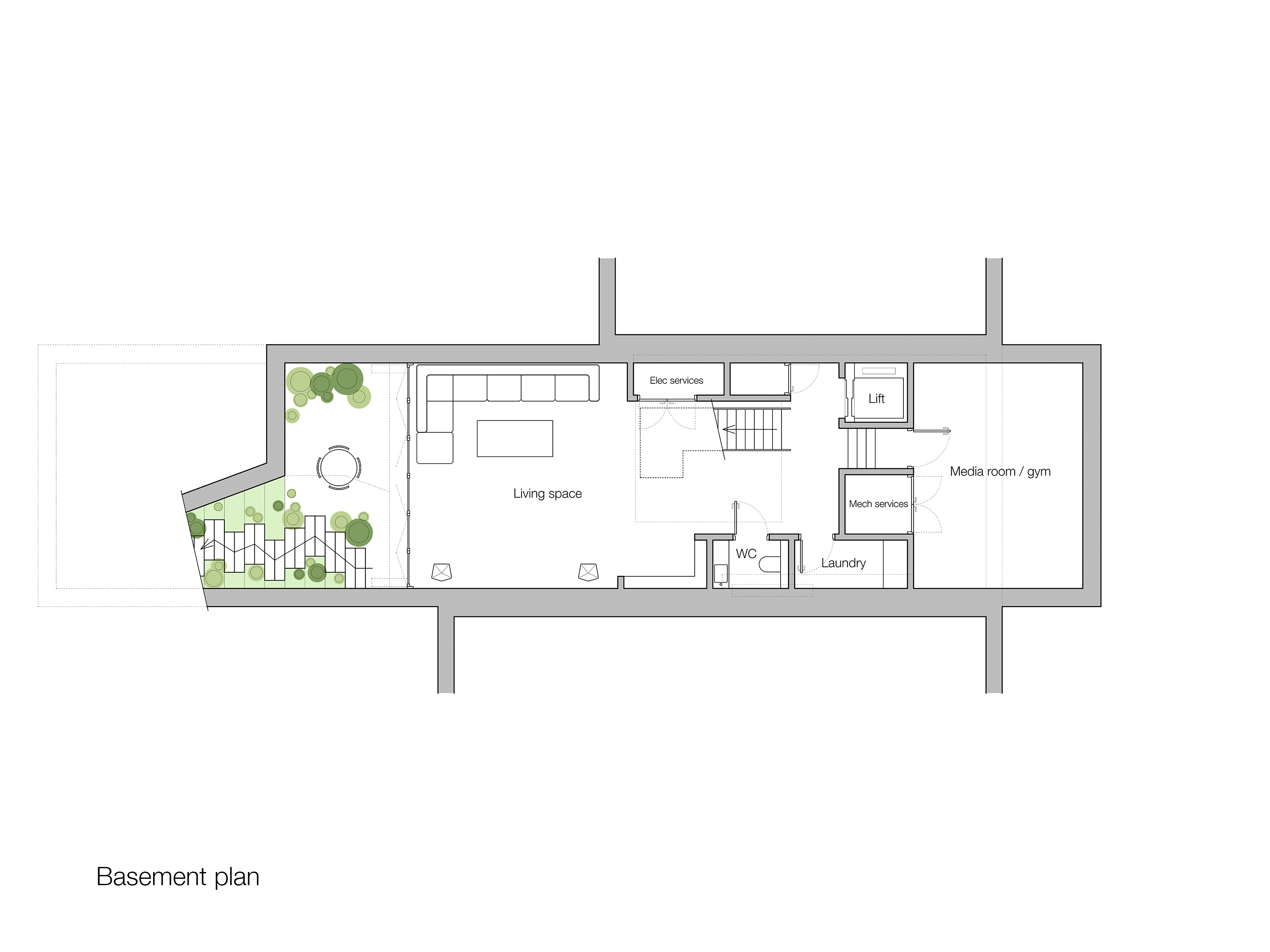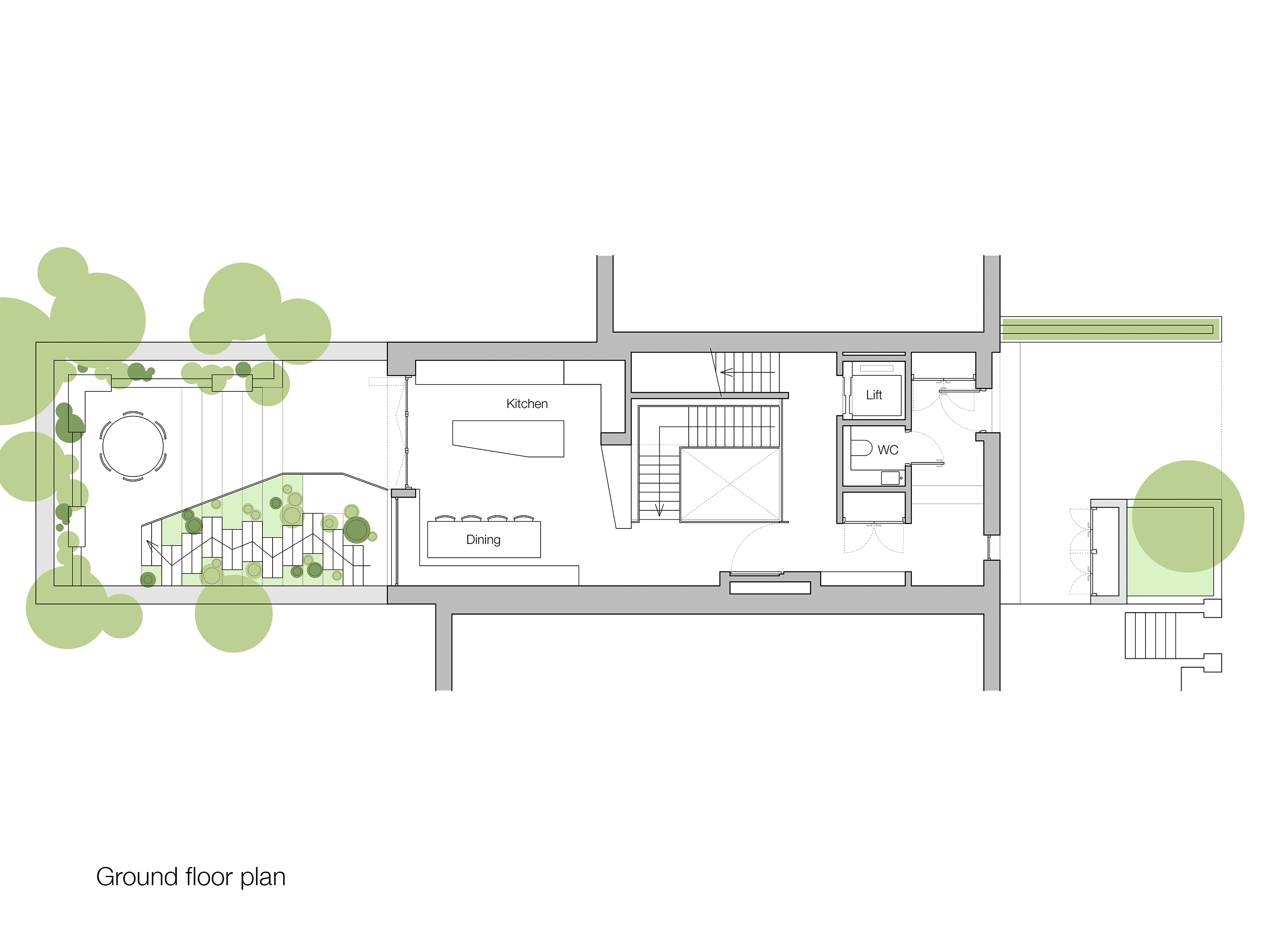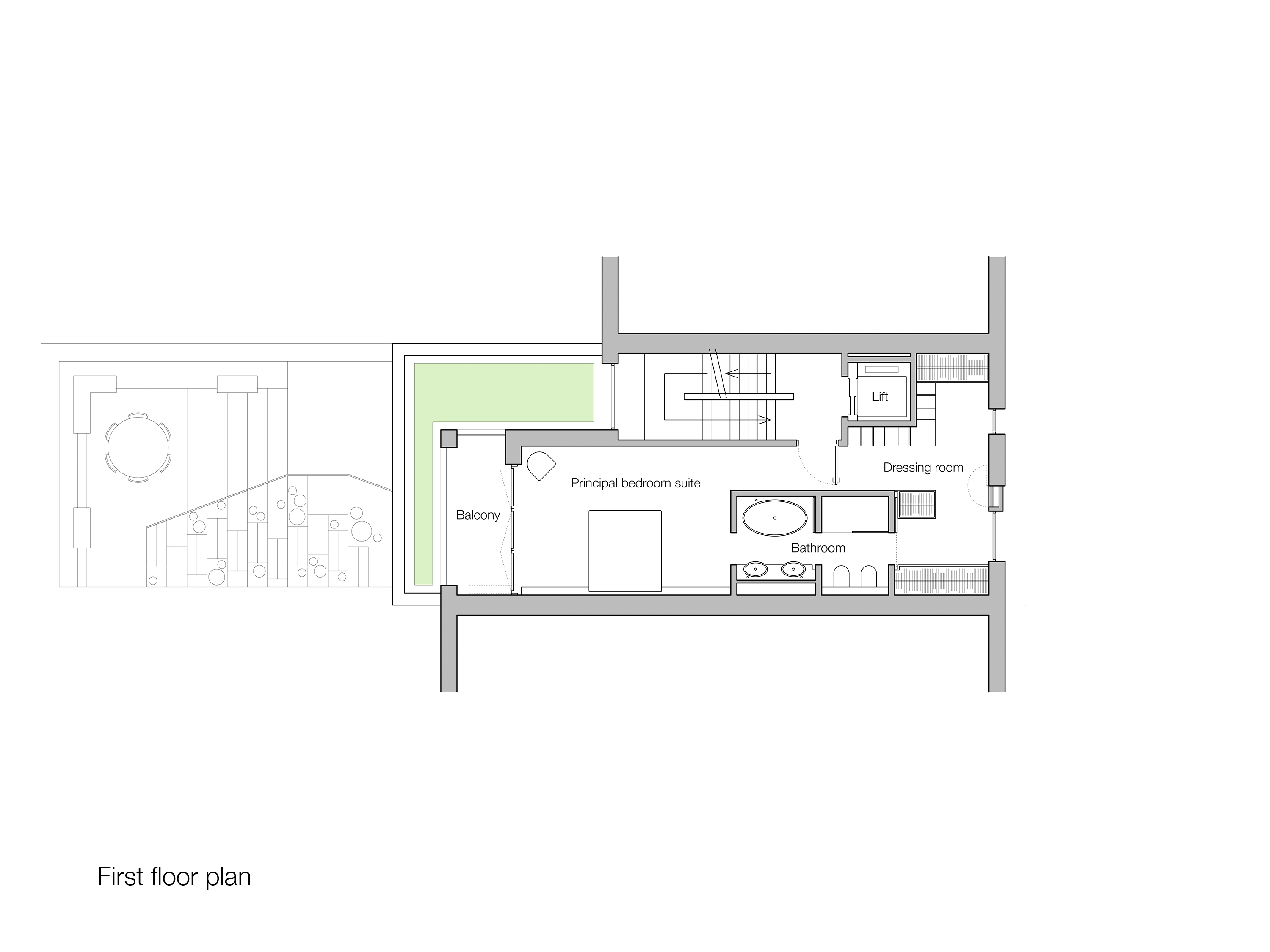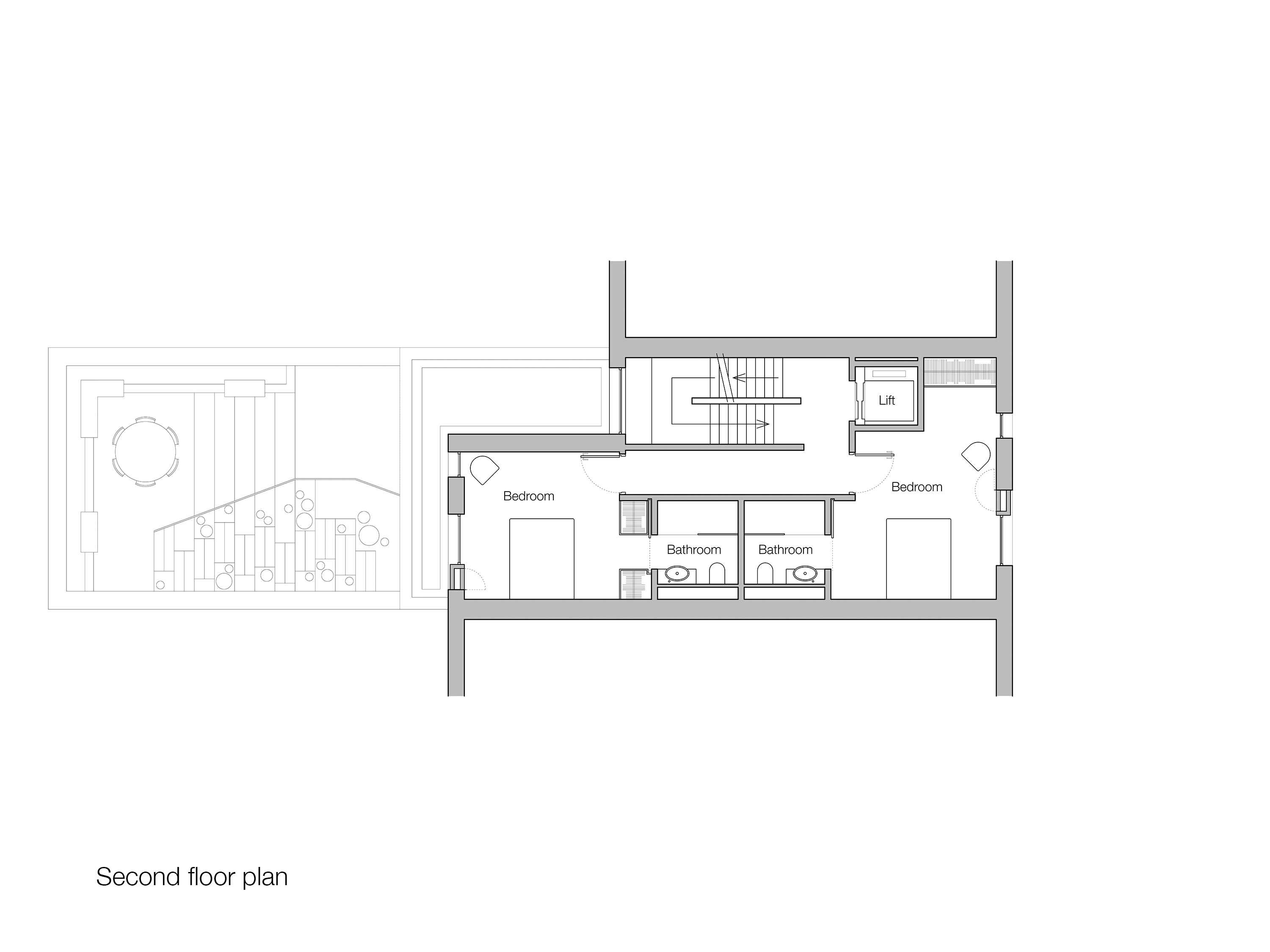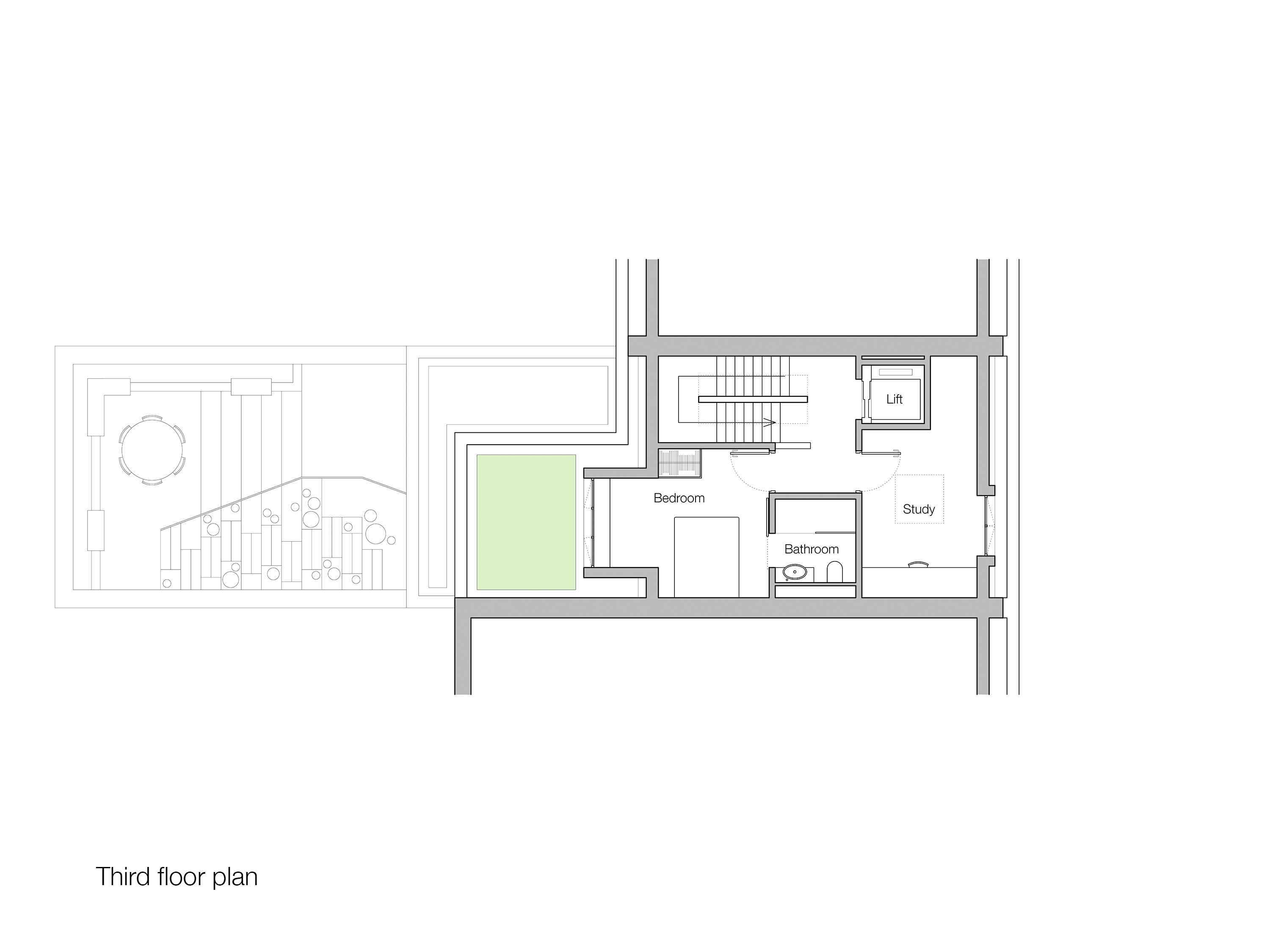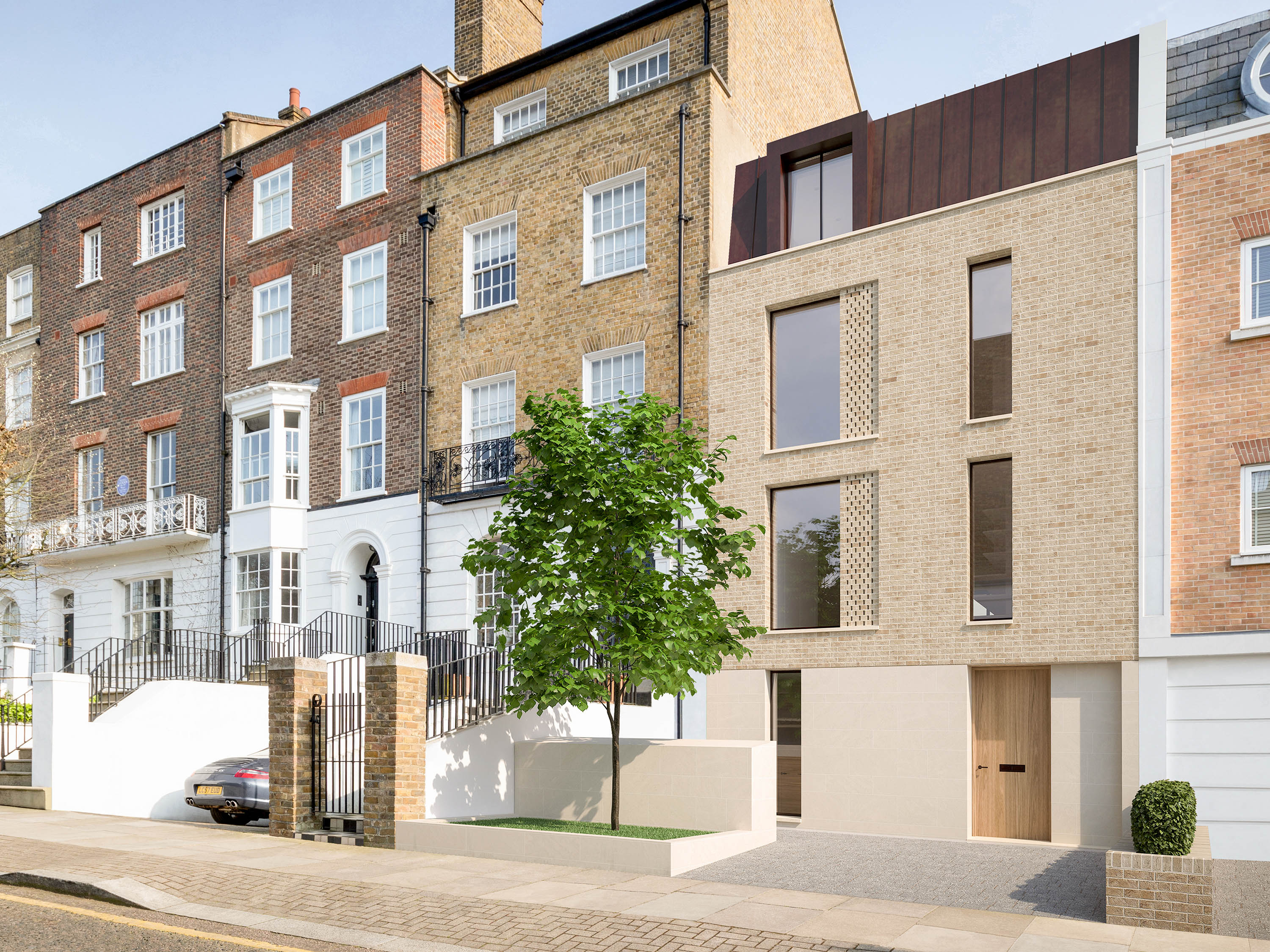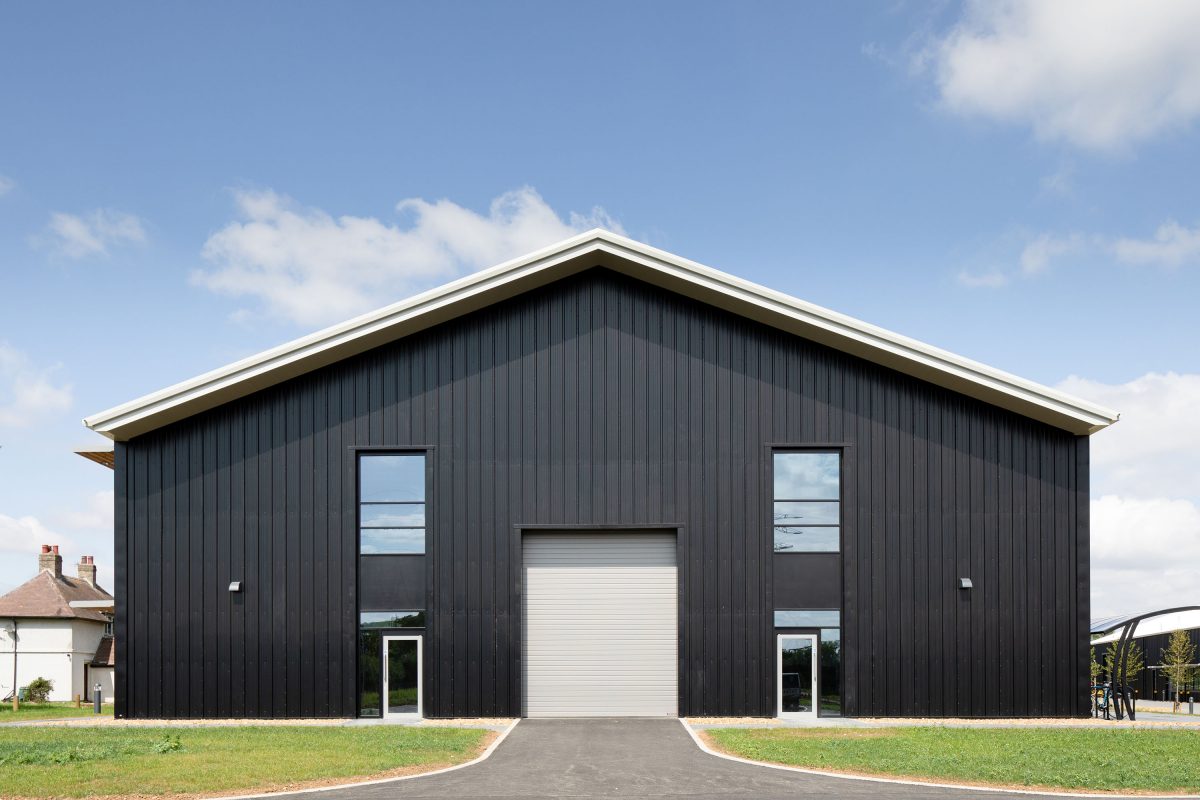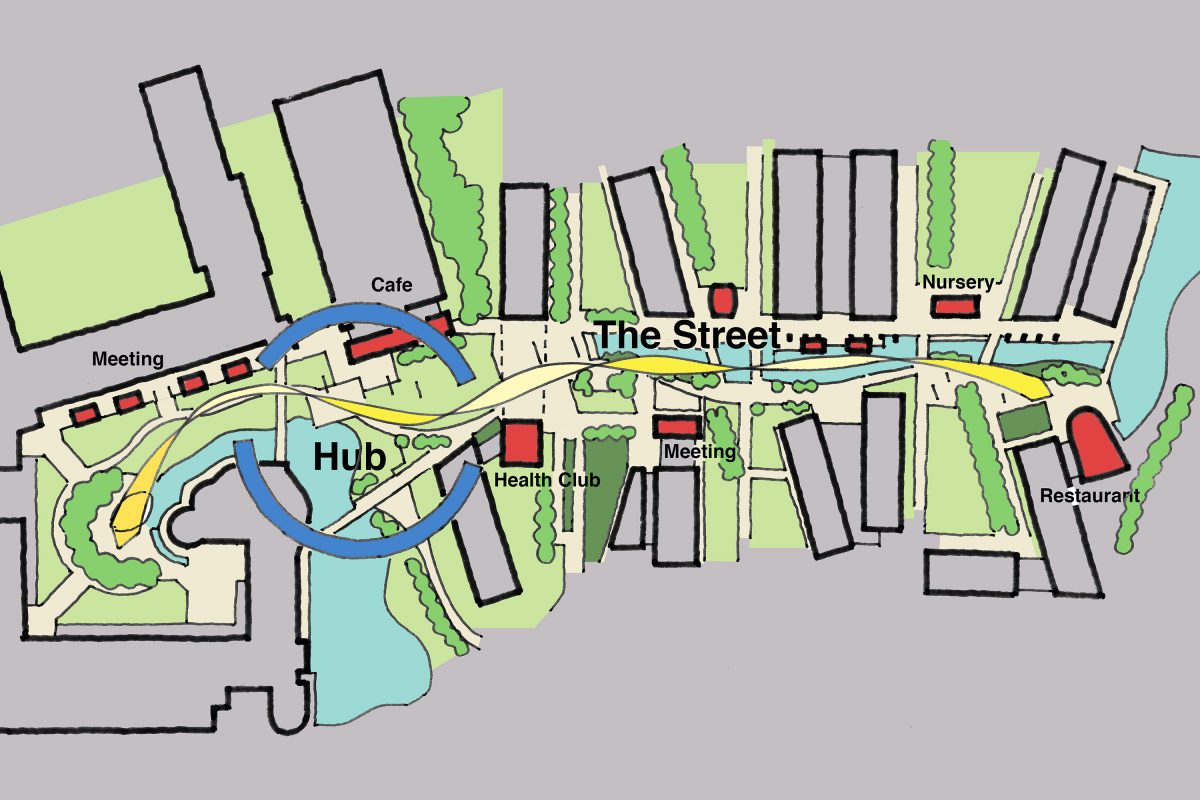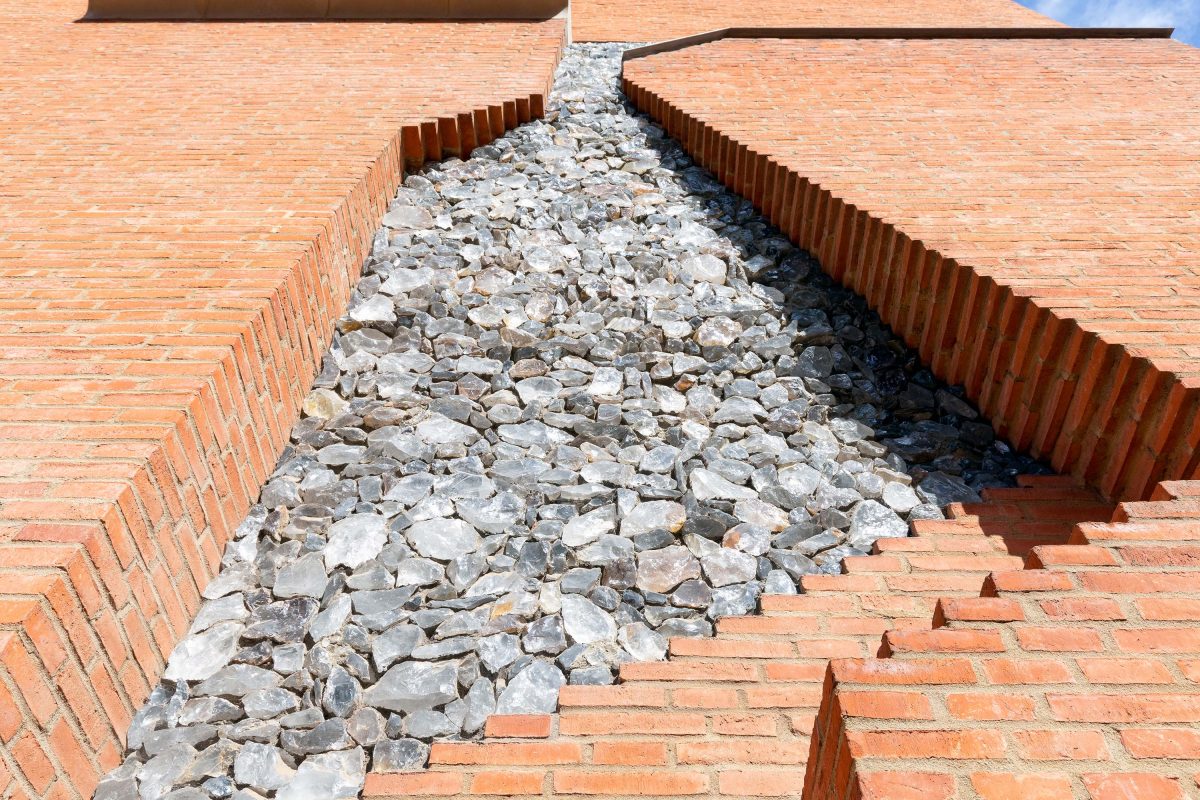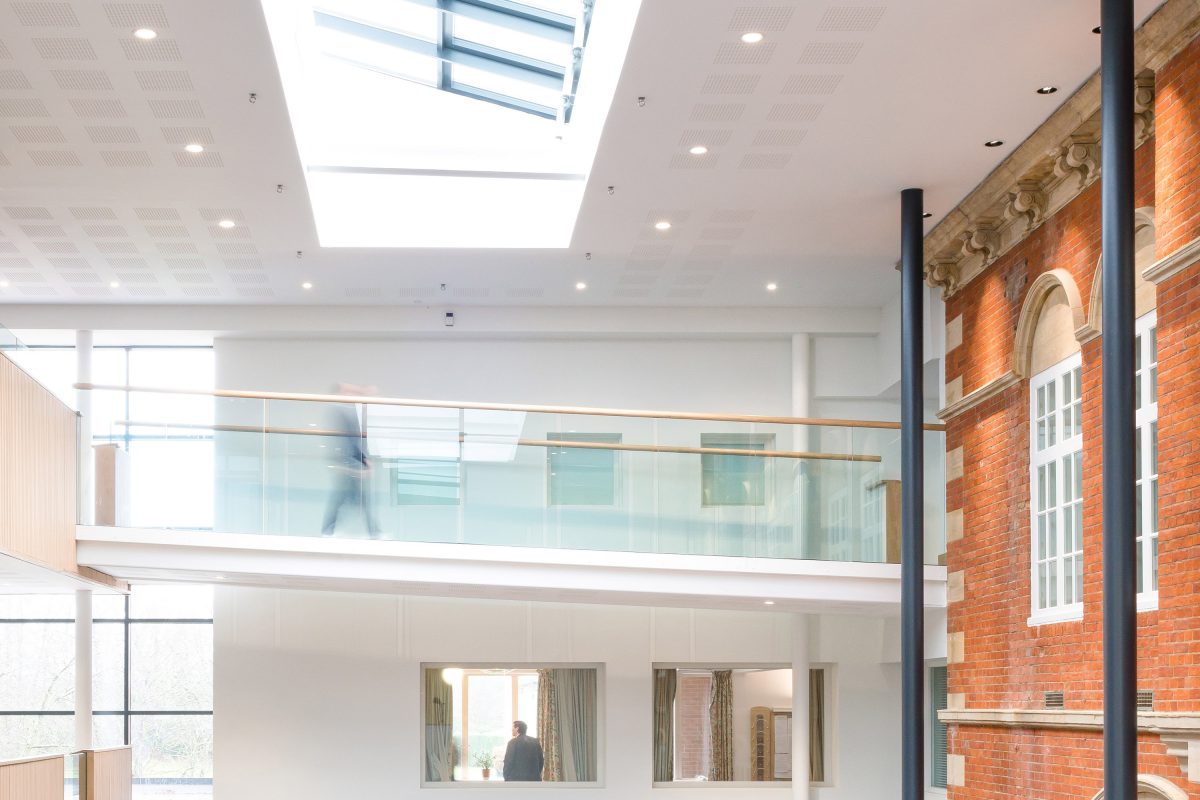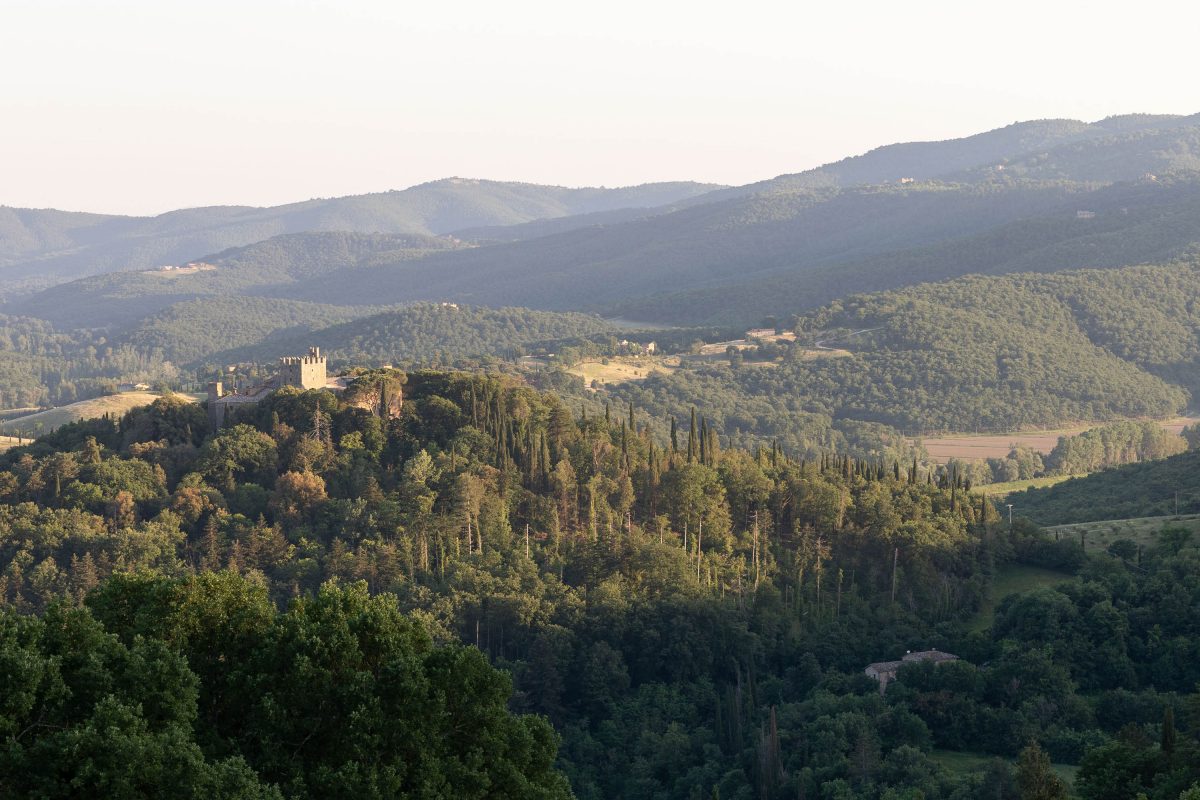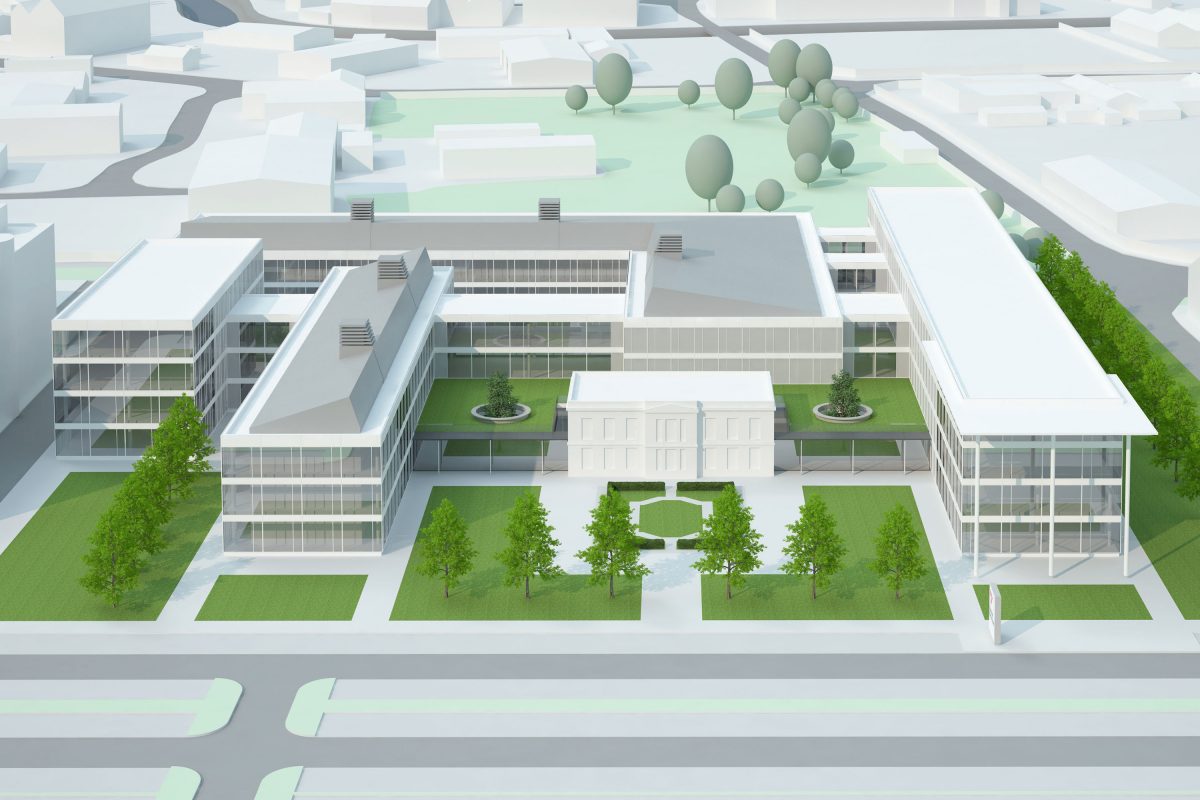Kensington and Chelsea, London
Campden Hill Square House
A generously proportioned house with a level of transparency that allows the internal spaces to enjoy a strong connection with the garden, and which uses carefully selected natural materials to create spaces that exude warmth, tactility and exceptional quality.
Situated in a delightful London square within a Conservation Area to the south of Holland Park Avenue in west London, Campden Hill Square House replaces an existing 1950s property which had received planning permission for demolition.
The accommodation is arranged over five floors with the living spaces at both ground and basement level connecting with the south-facing rear garden. The kitchen and dining spaces are connected to the garden by a glass bridge, and then a series of broad stone steps lead to an outdoor seating area. The living space at basement level opens to an outdoor seating area of its own and a flight of stone steps that cut a sinuous line through a series of planted terraces rising to the garden above. These two floors also enjoy a strong connection internally – a large opening in the ground floor accommodates a stone staircase that descends to the living space, and above this void an opalescent illuminated ceiling continually matches its colour and intensity to the sky above. Space flowing inside and outside and flooded with light.
The principal bedroom suite occupies the whole of the first floor with a large bathroom, dressing spaces, and sliding and folding glass doors opening to a covered south-facing balcony with views down into the garden. The second floor provides two further large bedrooms with private bathrooms. The top floor accommodates the fourth bedroom with a window seat overlooking a roof of wildflowers, and a large study to the front of the house with views down into Campden Hill Square’s central garden.
A simple palette of natural, warm materials flows from inside to outside. Limestone is used extensively within the garden, for the floor finish at ground level, the walls, and the staircases. Oak has been used for the floors to the basement living space and the upper floors, the doors, and for the kitchen. All of the window and door frames, the cladding, and the roof finish are bronze which provides a contrast with the soft-coloured brick and stone elevations.

